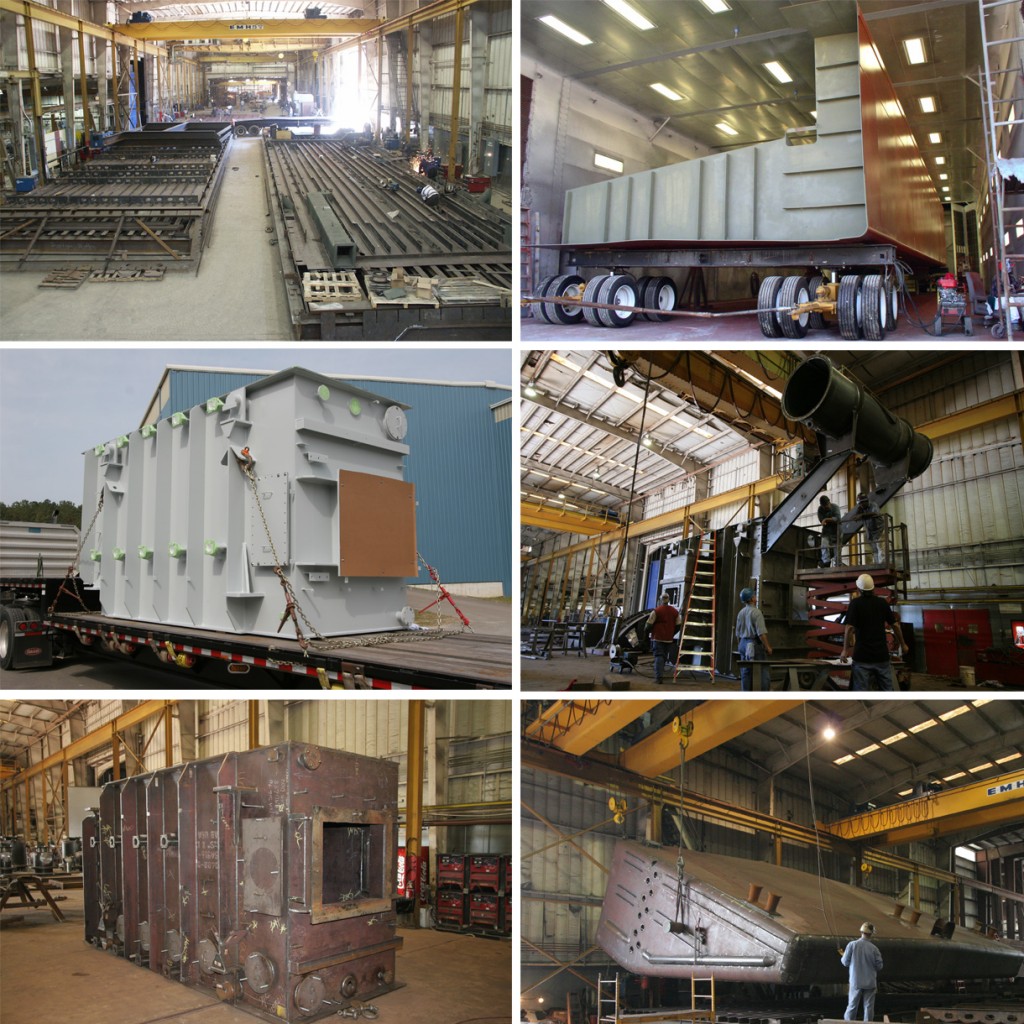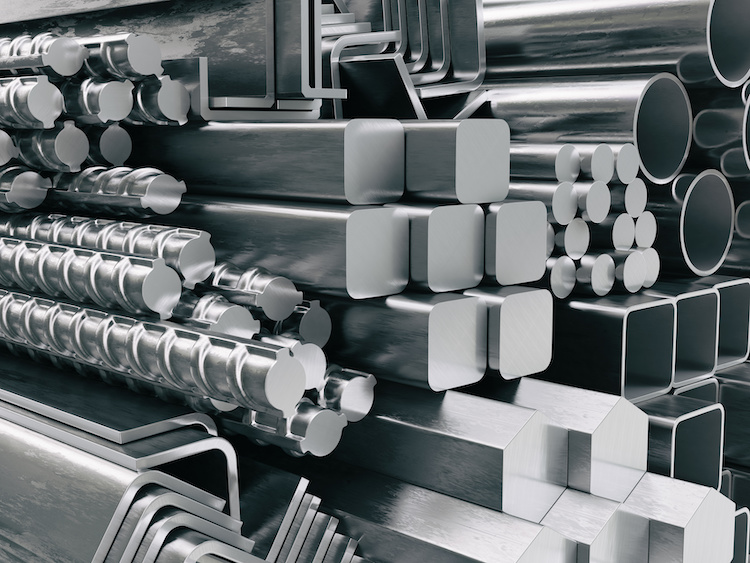The Ultimate Manual on Custom Steel Manufacture Solutions for Structural Projects
In the realm of structural jobs, the value of custom steel fabrication services can not be overstated. From the foundational understanding of steel construction fundamentals to the detailed procedure of picking the most ideal products, every action in this trip plays a crucial role in the ultimate success of a project.
Understanding Customized Steel Fabrication Basics
Exploring the fundamentals of custom steel fabrication provides insight into the detailed procedure of changing raw steel right into tailored structural elements. Custom steel construction is a specific manufacturing strategy that includes cutting, shaping, and setting up steel materials to develop one-of-a-kind structures according to particular task demands. Recognizing the basics of customized steel fabrication is important for making certain the successful execution of structural projects.
The process generally begins with the assessment of job specifications and style demands. This first phase involves detailed preparation and partnership between fabricators, engineers, and developers to identify one of the most appropriate strategy for producing the steel parts. Precision is essential throughout the manufacture process, as even small discrepancies can impact the architectural stability of the final item.
Various strategies, such as reducing, welding, and shaping, are employed to transform raw steel into the preferred structural elements. Experienced producers utilize innovative equipment and devices to make sure accuracy and uniformity throughout the fabrication procedure. Quality control steps are applied to validate the honesty of the fabricated components before they are set up on-site, guaranteeing compliance with market criteria and project requirements.
Choosing the Right Steel Materials

Primarily, the sort of architectural job and its specific needs play a critical role in figuring out the most suitable steel materials. Elements such as the load-bearing ability, ecological problems, and preferred life-span of the framework will certainly dictate the grade and kind of steel that need to be made use of.
Furthermore, the physical residential or commercial properties of the steel, including toughness, weldability, and ductility, have to align with the job's requirements to ensure optimum efficiency and sturdiness (steel fixing). Furthermore, factors to consider such as corrosion resistance, cost-effectiveness, and schedule of the steel products should likewise be taken into account during the option process
Layout Considerations for Structural Projects
Structural tasks necessitate thorough focus to create factors to consider to make certain both performance and safety are prioritized throughout the building procedure. Numerous essential elements must be taken into account to assure the success of the venture when it comes to designing structural projects. The architectural honesty of the structure have to be a top priority. This includes examining loads, stress and anxieties, and ecological variables to figure out one of the most ideal style that can withstand various problems over time. Furthermore, considerations for the capability of the framework play a critical duty in the layout process. Recognizing the purpose of the structure and just how it will be utilized aids in producing a style that makes best use of efficiency and usability. Integrating aspects that enhance the visual appeals of the framework can even more boost the total layout. Balancing aesthetic appeal, performance, and safety and security is essential in developing effective structural projects that satisfy both functional and aesthetic needs. By very carefully thinking about these facets during the layout phase, designers and designers can make certain the structural task's success from conception to conclusion.
Enhancing Fabrication Processes for Performance

In addition, executing lean production principles can considerably enhance efficiency in steel fabrication. By decreasing waste, enhancing workflow, and improving interaction between different groups involved in the construction procedure, tasks can be completed much more quickly and with greater quality requirements.
Moreover, developing a well-organized production schedule and process can assist in focusing on jobs, assigning resources efficiently, and meeting job target dates without delay. By having a clear plan in position and on a regular basis monitoring progress, have a peek here any prospective bottlenecks or delays can be determined and attended to immediately, making certain reliable and smooth manufacture procedures for architectural tasks.
Top Quality Control and Task Monitoring in Steel Manufacture
To make sure the effective implementation of steel construction jobs, precise quality assurance steps and efficient project management practices are essential components in keeping accuracy and conference client expectations. Quality control in steel fabrication entails strenuous assessments at different stages of the fabrication procedure to confirm compliance with project requirements and market requirements. This includes product testing, dimensional checks, and weld inspections to make sure structural integrity and safety.
Task monitoring plays a vital role in coordinating the numerous aspects of steel manufacture jobs, such as scheduling, source allotment, and communication amongst employee. A well-defined project strategy with clear objectives, landmarks, and timelines assists to monitor development and address any kind of potential concerns proactively. Efficient interaction between all stakeholders, consisting of clients, makers, engineers, and specialists, is essential for making sure that the task progresses smoothly and fulfills the desired high quality requirements.
Verdict
In conclusion, custom-made steel view website manufacture plays an essential function in architectural projects by offering customized remedies using the best products and layout factors to consider. Efficiency in construction processes, quality assurance, and reliable task management are important for successful results. By recognizing the essentials of personalized steel manufacture and implementing streamlined processes, project teams can deliver top notch and sturdy structures that meet the specific needs of their clients.
Custom steel fabrication is a specialized production technique that entails cutting, shaping, and constructing steel materials to develop distinct structures according to specific project needs.To make certain the effective implementation of steel construction projects, meticulous quality control measures and effective task monitoring methods are vital elements in maintaining accuracy and conference client expectations. Quality control in steel manufacture includes rigorous inspections at numerous phases of the fabrication procedure to verify conformity with job specifications and industry criteria (steel fabricators melbourne).Project monitoring plays an important role in working with the different aspects of steel manufacture projects, such as organizing, source news allocation, and interaction among group members.In verdict, customized steel fabrication plays a critical function in architectural projects by giving tailored remedies utilizing the appropriate products and style factors to consider